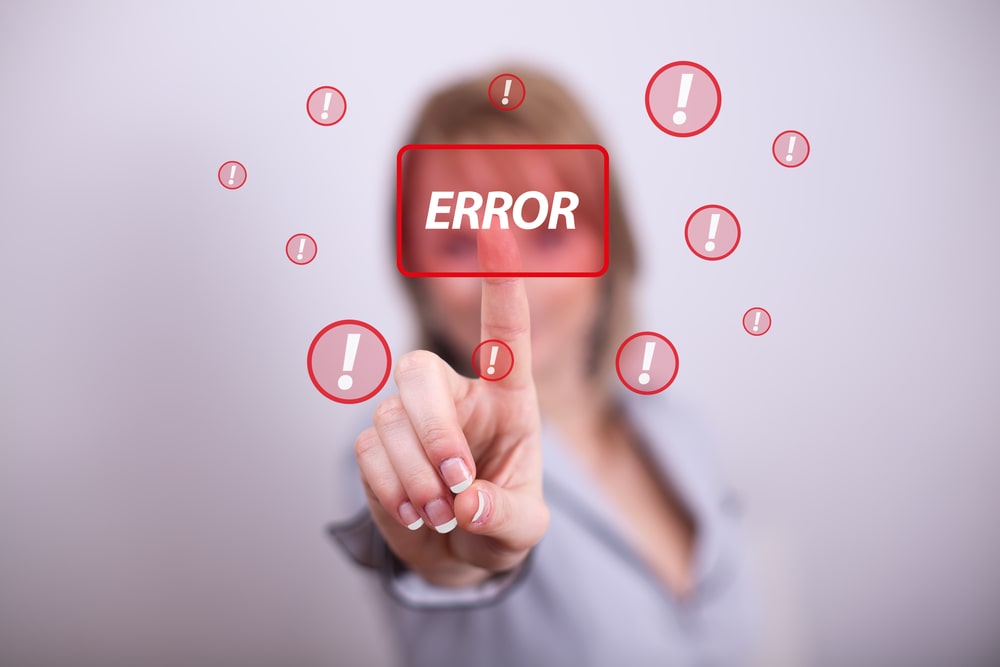Key Takeaways
What is a deed of reconveyance? |Reconveyance process |Deed of reconveyance vs. security interest | Example of a deed of reconveyance | Deed of reconveyance mistakes |
When you’re paying a mortgage, you have a complicated relationship with your property. On the one hand, you have legal ownership of the property. On the other hand, the lender holds a lien, which means the house is being used as collateral for your mortgage.
Until the lien is removed, you cannot transfer ownership of the property to anyone else. It goes without saying, then, that you want your lien removed as soon as you’ve paid off your mortgage. To do this, your lender will issue what’s called a deed of reconveyance.
Here’s everything you need to know about how a reconveyance deed works and how to make sure yours is properly filed.
What Is A Deed Of Reconveyance?
A deed of reconveyance is different from a normal deed or title. A standard deed is proof of ownership of a property. A deed of reconveyance, on the other hand, indicates that a lien has been removed. This means the title is clear, and the property can be easily sold. Without a deed of reconveyance, it becomes a lot more difficult to sell your home.
Even if you’re not planning to sell your home, you should still get a deed of reconveyance. Without one, your lender can still make a claim to your property. This wouldn’t normally happen, but can occur due to lender error.
In different states, you will receive different types of documents. For example, many states use deeds of trust instead of a mortgage. In those states, you would instead receive something called a full reconveyance. A full reconveyance serves the same purpose as a deed of reconveyance. Another common alternative to a reconveyance deed is what’s called a satisfaction of mortgage.
Regardless of what type of document you receive, it means that the lien has been cleared. In other words, you own all rights to your property, and the lender can’t foreclose on you.
Keep in mind, though, that a deed of reconveyance doesn’t automatically remove other, non-mortgage obligations. For example, you still need to pay your property taxes.
[ Thinking about investing in real estate? Register to attend a FREE online real estate class and learn how to get started investing in real estate. ]

How Does A Deed Of Reconveyance Work?
A deed of reconveyance is a legal document that’s recorded at the county clerk’s office, in whatever county the property itself is located in. The deed will include a description of the property, with the lot number and other relevant details. In most states, it will be notarized, but that’s not always the case. As soon as the county clerk records the deed, the lien will show as paid in any title search.
There are some situations where a deed of reconveyance won’t remove all liens on the property. This most often happens when homeowners refinance their homes at a lower rate. When you do this, you should receive a deed of reconveyance from your original mortgage holder. However, your new lender will still have a lien on your title until the new loan is paid off.
Another common scenario is when a homeowner sells their home without having fully paid off the mortgage. In that case, the full payment will be deducted from the sale price and given straight to the lender. The deed of reconveyance will then be signed and dated at the closing.
Deed Of Reconveyance Vs. Security Interest
Two things that are commonly confused are the deed of reconveyance and the security interest. The security interest is the interest your lender has in your home. If the homeowner stops making mortgage payments, the lender can evict them and foreclose on the home.
A lender can do this because you have used your home as security – collateral – on the mortgage. When the lender conveys a deed of reconveyance, it means that they no longer have a security interest in the property. You can then sell the property without involving your lender.
Deed Of Reconveyance Example
Deeds of reconveyance are simple, single-page documents that can use a variety of language. Different states have different requirements, and different lenders have their own preferred legalese. That said, a reconveyance deed isn’t actually all that complicated.
You should look for the following details:
-
Your name and address
-
The name of your lender
-
A statement that you have paid your mortgage in full, and that the lender releases you from any liens
-
A brief description of the property, typically including the lot number listed on the deed
-
Date and signature lines
In most states, a deed of reconveyance will also have to be notarized.

What If A Deed Of Reconveyance Isn’t Recorded Correctly?
So, what if your reconveyance deed hasn’t been recorded? Before you start to worry, wait a few weeks after your last mortgage payment. The deed of reconveyance is a legal document, and the lender may take some time to send it out.
If nothing happens, call your lender, and find out what’s going on. Most states have strict guidelines for recording these deeds, and lenders can face steep penalties for non-compliance. So if there is an issue, they have every reason to sort things out as soon as possible.
Along the same lines, remember that a deed of reconveyance is only the legal proof that the lien has been cleared. But it’s the act of paying off your mortgage that actually gives you the full right to the property. So as long as you’ve paid your mortgage in full, the lender cannot foreclose on you.
Here are some reasons your deed of reconveyance may not have been recorded.
Title Company Mistake
Some lenders also provide title insurance to their borrowers. This can complicate things since the insurance side of the company will typically be the one handling the title transfer. If there’s a mix-up in communication between the lending side of the company and the insurance side, the deed of reconveyance may never be recorded.
This is a common mistake that happens with smaller, local lenders. Fortunately, it’s usually easy to fix with a single phone call.
Mortgage Subordination Mistakes
A mortgage subordination happens when there is more than one lien on a property. Normally, the first lender gets priority when negotiating a short sale or payment. However, someone may have made a clerical error, and listed the second lender in the first position. In that case, the second lender will suddenly be in a position to approve or disapprove a transaction.
Clerical Errors
Another common error is a typo or other clerical mistake. Lot numbers, names, and addresses are all easy to misspell. When this happens, you’ll need to ask your lender to record a correction deed.
Refinancing
As we’ve already discussed, a home refinance requires the original lender to record a deed of reconveyance, and send it to the new lender. This is all perfectly legal, but if there are errors in the process, it can cause complications down the road.
How To Avoid Deed Of Reconveyance Errors
Avoiding errors begin when you first purchase a home. Make sure to ask about any existing liens, and conduct a title search if your insurance company hasn’t already done so.
When you’ve paid off your mortgage, check the deed of reconveyance for clerical errors. A typo is easy enough to fix, provided you catch it early and follow up on it.
Summary
A deed of reconveyance is a routine piece of paperwork when you pay off your mortgage or refinance your home. It’s not complicated, but it must be recorded correctly. Make sure that yours is recorded, and there are no errors in the document. Once the deed is properly recorded you can be sure that your title is clear and you can sell you home without worry.
Ready to start taking advantage of the current opportunities in the real estate market?
Click the banner below to take a 90-minute online training class and get started learning how to invest in today’s real estate market!

